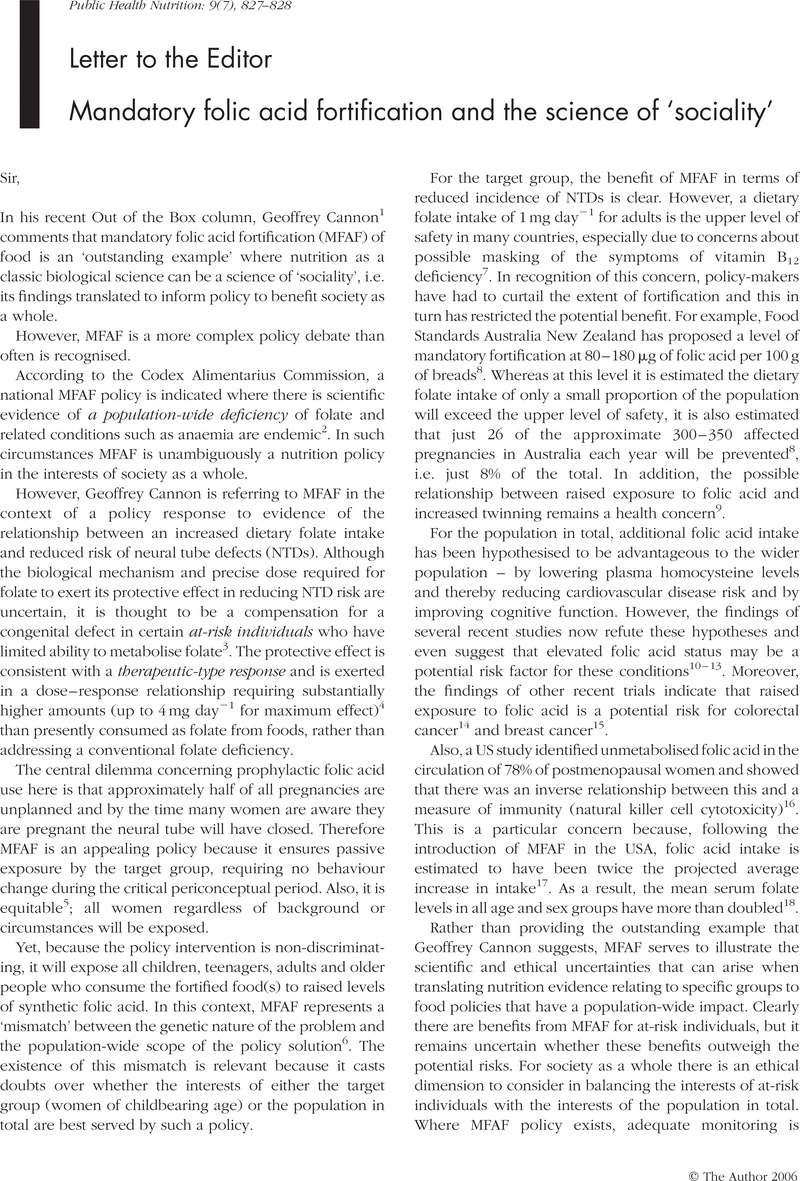Crossref Citations
This article has been cited by the following publications. This list is generated based on data provided by Crossref.
Cannon, Geoffrey
2006.
Out of the Box.
Public Health Nutrition,
Vol. 9,
Issue. 7,
p.
823.
Lawrence, Mark
2007.
Letter to the Editor.
Public Health Nutrition,
Vol. 10,
Issue. 5,
p.
533.
Yngve, Agneta
Haapala, Irja
Hodge, Allison
McNeill, Geraldine
and
Tseng, Marilyn
2012.
Interpreting success and failure in food fortification.
Public Health Nutrition,
Vol. 15,
Issue. 10,
p.
1789.



